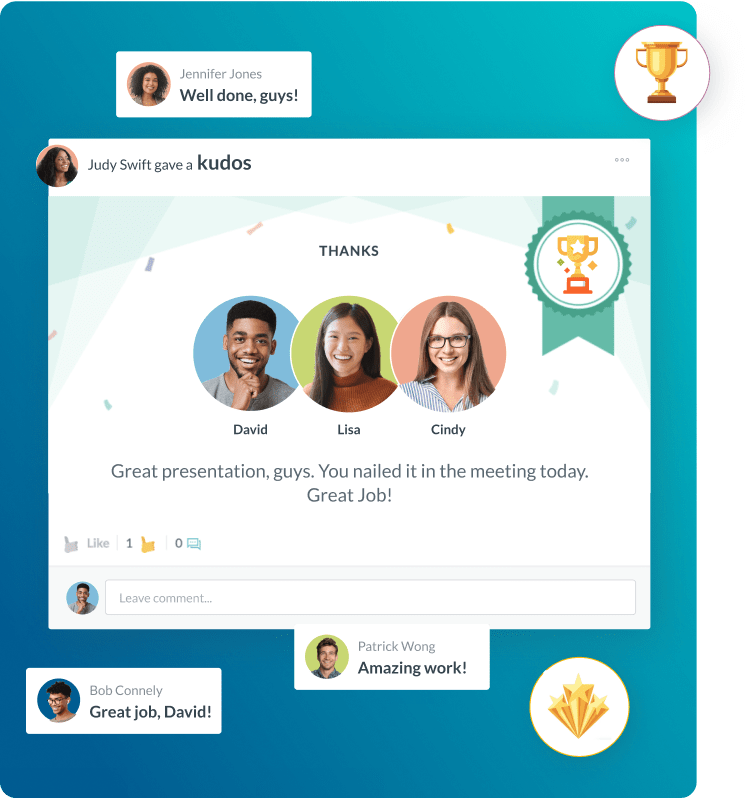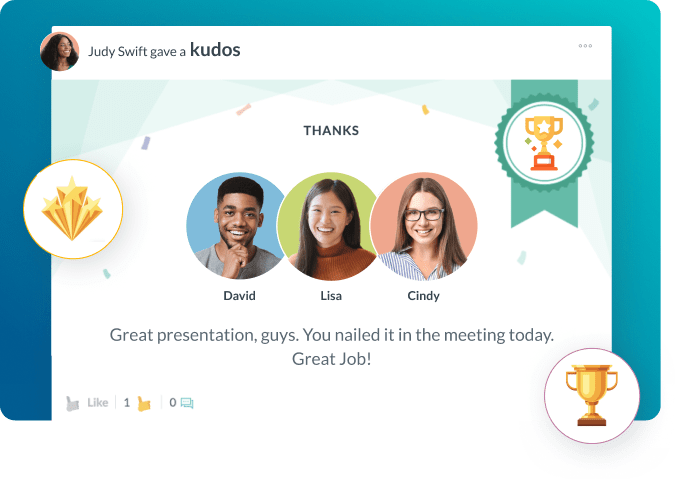Workplace Flexibility
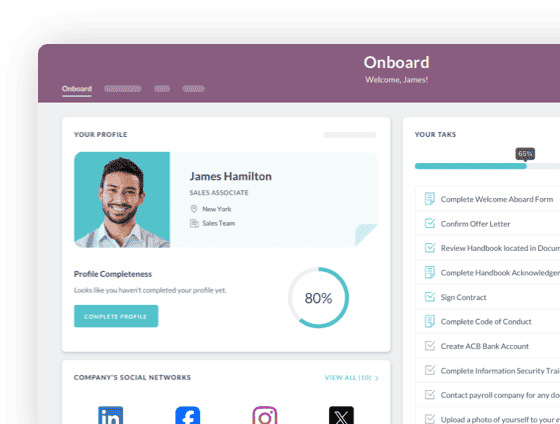
 Cut onboarding time
by 60%—here's the
Ultimate Checklist
that helped do it.
Cut onboarding time
by 60%—here's the
Ultimate Checklist
that helped do it.
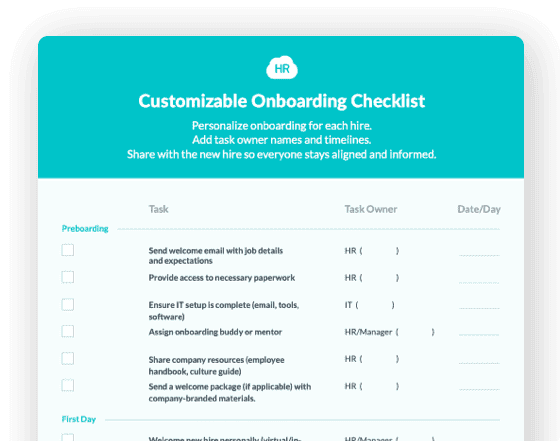
Workplace flexibility is not a trend that will fade. It is a big change in how companies organize and complete work. Today's business leaders must know how to use flexible work. It is vital. This helps keep good employees and runs operations well. It also ensures long-term business success. This guide gives a clear plan to add flexible work into your business model.
Workplace flexibility means that employees and employers agree on the time, location, and work method. This fits both business needs and employee wishes. It moves past the old way of fixed schedules and a single office. Instead, it focuses on output and results. It does not focus on the time spent sitting at a desk. This idea matters greatly to your business. It changes things like real estate costs and employee engagement. It also affects your ability to hire the best talent globally. A smart flexible workplace makes productivity higher. It improves employee health. It makes your company stronger and ready for future problems. A key part of this is creating an effective performance management system. This system must judge results, not just presence.
The world is changing. Technology keeps moving forward. Because of this, the rigid, 9-to-5, office-only model no longer works for many jobs. Businesses that welcome flexibility can react better to market changes. They can also meet the needs of all types of employees. This builds a culture of trust and independence. This strategic advantage is key in today’s fast business world. It shows why many companies are updating their employee handbook to include new flexible rules. This practice is emphasized in analyses of flexible work programs by groups like SHRM.org, flexible work strategies for competitive advantage.
Core Elements of Workplace Flexibility
The idea of workplace flexibility includes many options. All options let employees choose where, when, and how they do their jobs. These options help leaders create a work setting that is truly flexible and engaging.
Flexitime (Flexible Scheduling):
This lets employees change their start and end times. They must still work a set number of hours. They must also be available during a set “core” business period. This accepts that people are most productive at different times.
Remote Work (Telecommuting or Hybrid Work):
This lets employees work from home or another place outside the main office. Hybrid models mix time spent remotely with time spent in the office. This needs careful thought about how you manage office space.
Compressed Workweek:
In this plan, employees complete a full week’s hours in fewer than five days. For example, they might work four 10-hour days. This gives employees more long blocks of personal time.
Job Sharing:
Two part-time workers share the duties of one full-time job. This gives great flexibility to both the workers and the company. It uses two different sets of skills for one position.
Phased Retirement:
This lets long-time employees slowly cut their hours and duties as they near full retirement. This makes the move easier and keeps valuable company knowledge.
The main benefit for businesses is tapping into a wider talent pool. It can also cut running costs and greatly boost employee spirits and retention.
Benefits of Adopting Flexible Work Strategies
Adding workplace flexibility is a strong strategic move. It affects many parts of your company. It improves the employee experience and helps the bottom line. It links directly to what drives business success.
|
Key Area of Impact |
Traditional Rigid Model |
Flexible Work Strategy |
Strategic Advantage |
|
Talent Acquisition |
Limited to a local area; attracts fewer candidates. |
Access to a global talent pool; highly attractive to top professionals. |
Competitive Edge: Hires the best people no matter where they live. |
|
Productivity |
Depends on presenteeism; can lead to burnout and distraction. |
Focuses on output and results; improves focus and independence. |
Higher Output: Workers work when and where they do their best. |
|
Operating Costs |
High spending on office buildings and utilities. |
Can greatly reduce costs for real estate and other overhead. |
Financial Efficiency: Uses resources better by cutting fixed costs. |
|
Work-Life Integration |
Constant clash between personal needs and fixed work demands. |
More freedom allows for better handling of personal life and work duties. |
Retention & Well-being: Lowers stress and gains higher employee commitment. |
|
Business Continuity |
Easily stopped by local problems, weather, or travel issues. |
Operations keep running smoothly with work teams spread out. |
Organizational Resilience: Stays functional during unexpected problems. |
This table shows that flexible work turns fixed costs into flexible assets. This creates a more lively and competitive business setup. Making flexibility a part of your plan for employee engagement and recognition is essential.
Best Practices for Successful Implementation
Rolling out flexible work options successfully needs a smart, well-shared plan. This plan must cover both technology and culture. Clear rules ensure fairness and stable operations.
Develop a Clear, Written Policy:
Create a formal policy. This policy must define who can take part. It must list all options available. It must set clear goals for communication and performance metrics. It must also explain how to ask for and approve flexibility. This document should be part of your overall human resources rules.
Train Managers on Leading Remote and Hybrid Teams:
Give leaders the skills to manage by outcomes, not by watching people. Training should cover good virtual communication. It should also cover how to conduct performance reviews. Ensure fair treatment and keep the team connected even when members are spread out.
Invest in Strong Technology Infrastructure:
Make sure workers can safely and reliably reach all needed systems, files, and communication tools. This includes secure VPNs, teamwork platforms, and tools for online training and learning.
Prioritize Communication and Connection:
Set clear ways and expectations for talking to one another. Use planned, useful interactions, both formal and informal. This keeps remote and in-office staff equally informed. It keeps them connected to the company culture.
Measure Results, Not Activity:
Change performance rules to focus fully on goals and output that you can count. Managers should focus on what the team achieves. They should adjust pay and benefits as needed to reward performance fairly.
Ensure Equity and Fairness:
Avoid creating two separate systems. Do not let remote or flexible workers feel left out. They should not feel disadvantaged in career growth. Clearly link flexible work to the company’s promise of diversity and inclusion. This ensures equal chances for all workers.
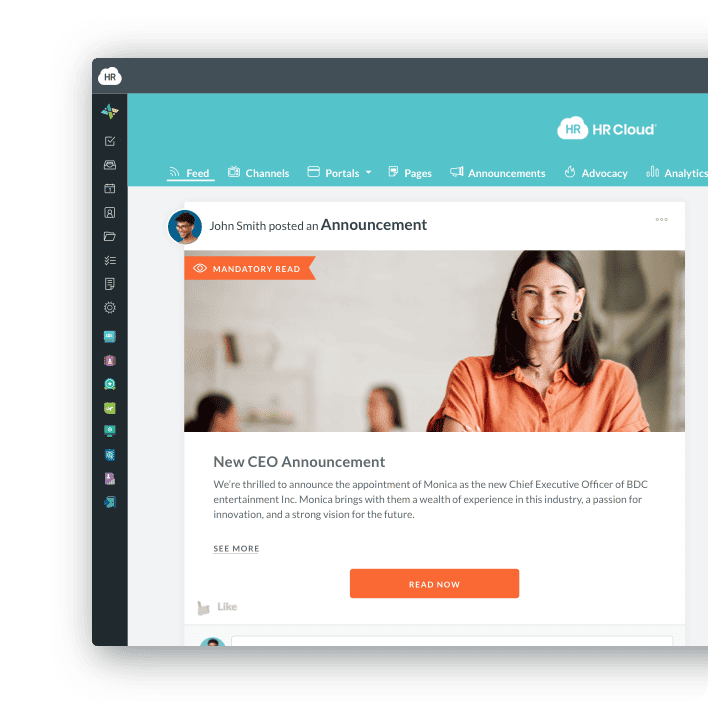
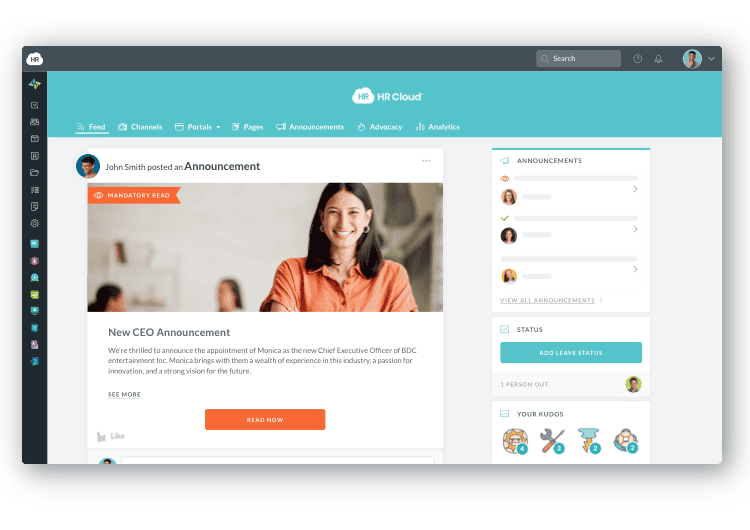
Pitfalls to Avoid in Flexible Work Adoption
The benefits are clear. However, businesses must handle some common problems to fully use flexible work. Badly managed flexibility can lead to problems. These may include uneven team performance or lower worker satisfaction.
Failing to Define Performance Expectations:
Without clear goals, managers may return to judging effort based on visibility. They forget to judge based on measurable results. This confusion breaks trust. It also hurts the core idea of flexibility.
Neglecting Communication and Team Cohesion:
Allowing flexible work without a plan to keep up regular, quality interaction can hurt. It can cause workers to feel alone, reduce teamwork, and damage company culture. Teams need set time for social and strategic connection.
Creating Inconsistent or Unfair Policies:
If you approve flexibility for some jobs or people without a clear reason, but reject it for others, it looks like favoritism. This creates anger and hurts the sense of fairness in the company.
Overlooking Cybersecurity and Compliance Risks:
Remote setups can create new security risks. Failing to use strict data security rules and follow regulations exposes the company to big problems.
Assuming a “One-Size-Fits-All” Solution:
Not all jobs are right for remote or flexible work. Forcing flexibility when a job needs people on-site, or refusing it when it would work well, shows a lack of planning. The policy must match the business reality.
Industry Applications of Workplace Flexibility
Flexible work plans can be adapted easily. They have worked well in many different industries. They now go beyond just the tech sector. These real-world examples show how different sectors can use flexibility for a competitive edge. This is clear in reports from sources like SHRM.org.
Technology and Professional Services (Hybrid Model)
Application: Companies often use a hybrid model. They ask employees to come to the office only two or three days a week. These days are for teamwork, meetings, and culture events.
Strategic Advantage: This gives skilled workers the freedom they want. It also keeps a sense of team and company culture. The chance to hire skilled talent from anywhere greatly expands the talent pool. This drives new ideas.
Manufacturing and Operations (Flexitime and Compressed Week)
Application: Production jobs must be on-site. However, administrative, engineering, and logistics teams can use flexitime. This helps them match hours with global supply chains. Or, they can use a compressed workweek to improve work-life balance for non-shift staff.
Strategic Advantage: This plan supports employee well-being without stopping important production. It leads to better retention of operational staff. It also lets the company quickly handle problems that come up outside normal business hours.
Healthcare and Customer Support (Geographically Distributed Teams)
Application: Non-clinical jobs, like scheduling, billing, and technical support, can be done by teams working from different places. Also, many organizations now offer flexible scheduling for clinical jobs. This helps lessen the severe staff burnout. This is a major issue covered by HBR article on healthcare staff burnout flexible schedule direct link.
Strategic Advantage: Flexibility allows for 24/7 coverage without forcing staff to work highly undesirable fixed night shifts. For healthcare, it specifically helps reduce the burnout that is making many experienced professionals quit the field.
Strategic Implementation Plan
A planned, phased approach is key to successfully adding flexible work into your company's operations. This roadmap moves from planning and policy design to full use and constant improvement.
Phase 1: Assessment and Policy Design (3 Months)
Conduct a Needs Assessment: See which jobs and teams are right for different types of flexibility (e.g., fully remote, hybrid, flexitime). Figure out if the company is ready for these changes in technology and management.
Draft the Formal Policy: Use the assessment to define your rules. This means setting the philosophy, who can take part, the options available, communication rules, and performance metrics. Get approval from leadership.
Identify Required Technology Upgrades: List the tools needed for safe remote access, project management, and cross-team communication. Start buying and setting up these systems. Make sure they follow data privacy rules.
Phase 2: Pilot Program and Training (4–6 Months)
Launch a Controlled Pilot: Pick a few teams to test the new rules and technology. This is a low-risk way to find initial problems and get direct feedback.
Conduct Manager and Employee Training: Give managers deep training on leading remote teams. Teach them to manage performance by results. Show them how to build a culture where everyone feels included. Train employees on the best ways for remote teamwork and good work habits.
Establish Feedback Mechanisms: Use quick surveys and focus groups with pilot teams. This captures real-time data on how well the policy and technology work. It also measures the effect on culture.
Phase 3: Organization-Wide Rollout and Monitoring (Ongoing)
Scale the Program: Slowly roll out the improved policy to all eligible parts of the company. Make sure all new hires are onboarded with a clear understanding of the flexible work plan.
Embed New Performance Management: Fully integrate the focus on outputs into your current performance review process. Ensure the measurements are clear, fair, and always used the same way for all employees, no matter where they work.
Continuous Evaluation and Iteration: Check the policy often against key business results. Look at productivity, how many people leave, employee engagement, and running costs. Be ready to change the policy as business needs, market changes, or employee expectations change. Keeping flexibility alive is an ongoing task, as shown in reports on the evolving nature of work from Gallup.com Gallup report on evolving nature of work 2024.
Future Outlook and Trends
Workplace flexibility is not the final step. It is a core part of the future of work. Several new trends show what business leaders must get ready for. This makes the use of advanced HR software and data even more important.
The Rise of “Anywhere Work” and Global Talent
Technology now allows for true “anywhere work,” not just work from home. Businesses will hire more skilled talent from around the world. This requires deep, local knowledge of global labor laws and payroll rules. This move needs a global view for talent strategy, moving past old geographic limits.
Focus on Flexibility as an Employee Wellness Tool
Future plans will link flexibility more closely to employee well-being. Expect to see flexibility used to stop burnout, manage stress, and support mental health. Companies will add tools to track and improve employee health and productivity. The World Economic Forum has stressed how important this change is World Economic Forum flexibility employee well-being report direct link.
Dynamic Hybrid Models
The current fixed hybrid model (e.g., Monday/Wednesday in the office) will change. It will become dynamic hybrid scheduling. Time in the office will be planned and set based on specific projects, team needs, and needs for teamwork. It will not be set on fixed, random days. Technology will play a larger role in organizing these schedules. This will get the most value from time spent in person.
The Autonomous Employee and Trust-Based Culture
The most successful companies will fully embrace a culture of trust. Flexibility will become the normal way of working. Limits will only be used when necessary for operations. This independence will drive innovation and engagement. It will make the employer-employee relationship a true partnership focused on shared results. This future needs leaders to fully adopt a results-focused approach. They must trust their teams to manage their time well to reach business goals. This is a key part of modern organizational development.
Keep Reading
Employee Engagement Intranet Tools: A Practical Buyer's Guide for 2025
"We improved our communication effectiveness by 40% within the first 90 days of
Best Digital HR Solutions for Workforce Engagement in 2025: Complete Buyer's Guide
Modern workforce engagement software isn't just about surveys and recognition. It's about
How HR Cloud Is Shaping the Future of HR in Senior Care
At the 2025 LeadingAge Annual Meeting in Boston, one conversation is taking centerstage —
Ready to streamline your onboarding process?
Book a demo today and see how HR Cloud can help you create an exceptional experience for your new employees.






